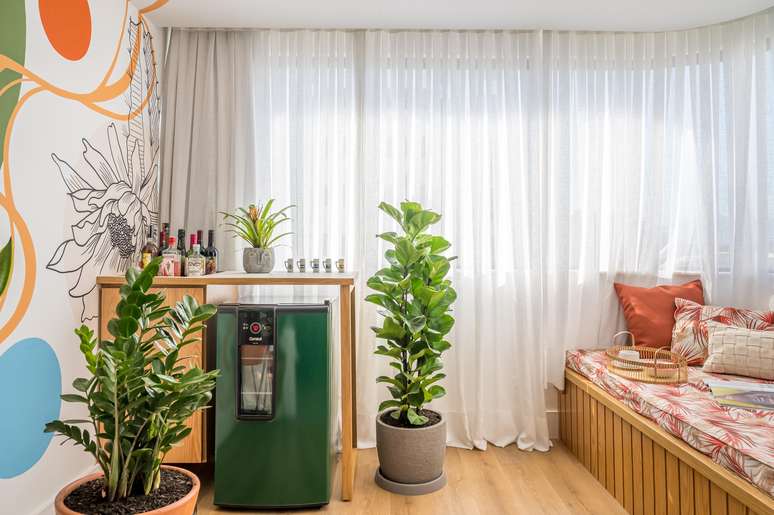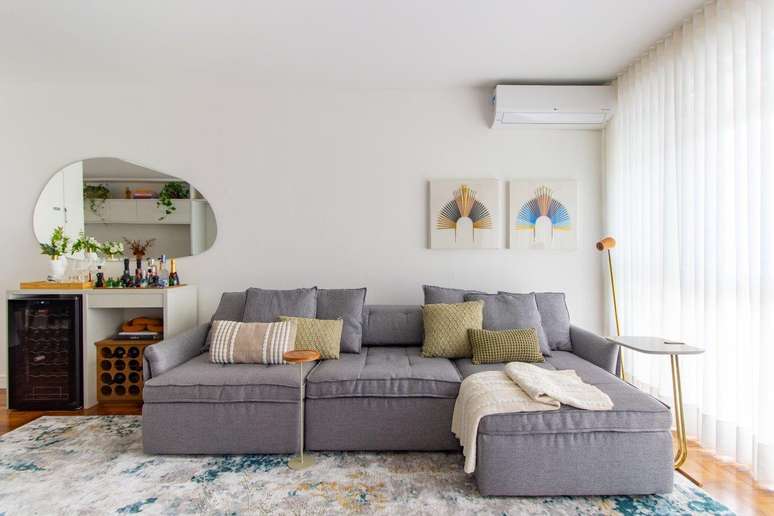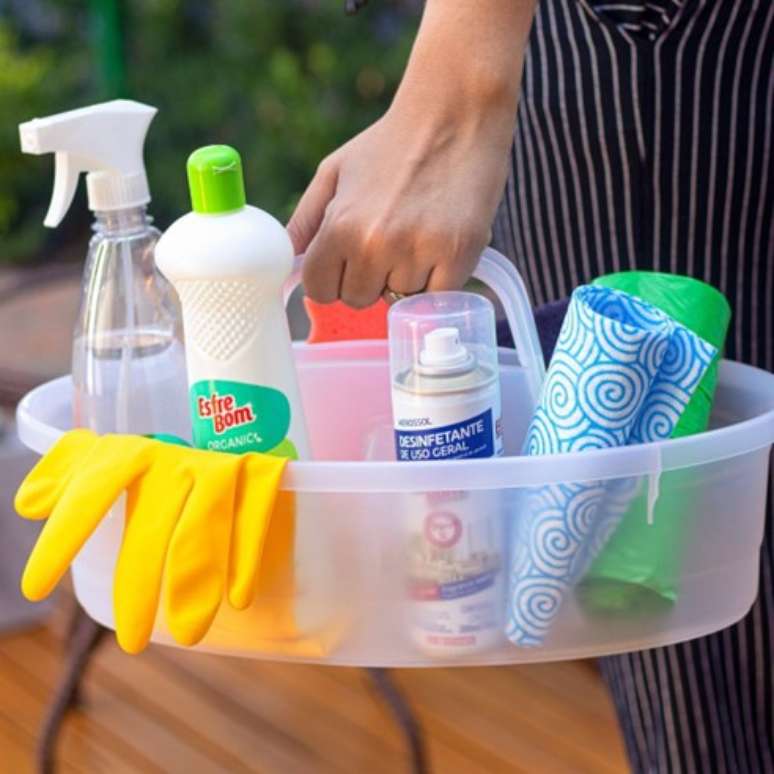Low humidity: Living with drought goes beyond increasing water intake. Check out expert advice
Living in a dry environment can trigger a number of unpleasant symptoms such as dry skin, itchy eyes, nosebleeds and a constant feeling of thirst. In the case of Brasilia, for example, in August the relative humidity reached a minimum of 10% in 2023.
This is alarming, since The World Health Organization (WHO) recommends an ideal humidity of around 60%. When humidity is above or below this level, health risks can occur.
Understanding the environment you live in is essential to taking measures to help prevent illnesses exacerbated by lack of humidity and increased dust. Some of these discomforts can be alleviated with good preparation of the living and working environment. During periods of drought, attention to cleaning and preserving the environment must intensify, as challenges increase due to dust accumulation and drying out of surfaces.
Stefania Lamounieroperations director and specialist at Brasfort, a cleaning, storage and maintenance company, provides five specific guidelines for addressing the effects of low humidity and increased dust.
Pay attention to air circulation
Open the windows daily for a few minutes to renew the air and eliminate possible odors.
Cleaning of fabrics

Clean carpets and curtains: Vacuum carpets regularly and follow washing instructions when cleaning curtains.
Be careful with the sofa

Clean upholstery: sofas, armchairs and mattresses can harbor dirt and mites. Consider deep cleaning your upholstery with the help of an expert.
Filter maintenance

Check the air conditioning filters and fans as they accumulate dust. Clean or replace it according to the manufacturer’s instructions.
Choose suitable products

Choose cleaning products that are effective against germs and allergens but safe for home use. Follow the instructions for use and avoid mixing the products to avoid generating toxic gases. Also, use gentle cleaning products so your furniture and surfaces don’t dry out.
“In general, we recommend deep cleaning every three to six months to maintain a consistently clean and hygienic environment. However, for environments that are more frequented or prone to dirt buildup, you may need to schedule more frequent services,” he says Stefania. Highly recommended as a complement to standard cleaning, sanitization carries out a thorough process of sanitization and eradication of invisible threats, including bacteria, mites, fungi and viruses, which can trigger infections, allergies and pathogens harmful to our health. The process provides an additional layer of protection, ensuring a healthier and safer environment.
Source: Terra
Rose James is a Gossipify movie and series reviewer known for her in-depth analysis and unique perspective on the latest releases. With a background in film studies, she provides engaging and informative reviews, and keeps readers up to date with industry trends and emerging talents.







